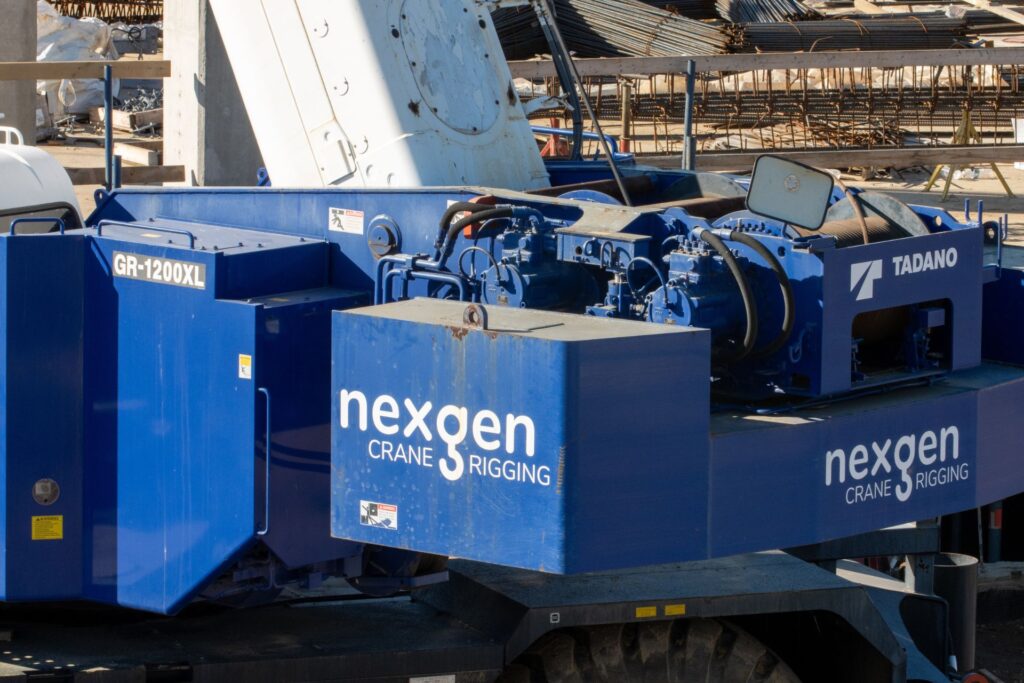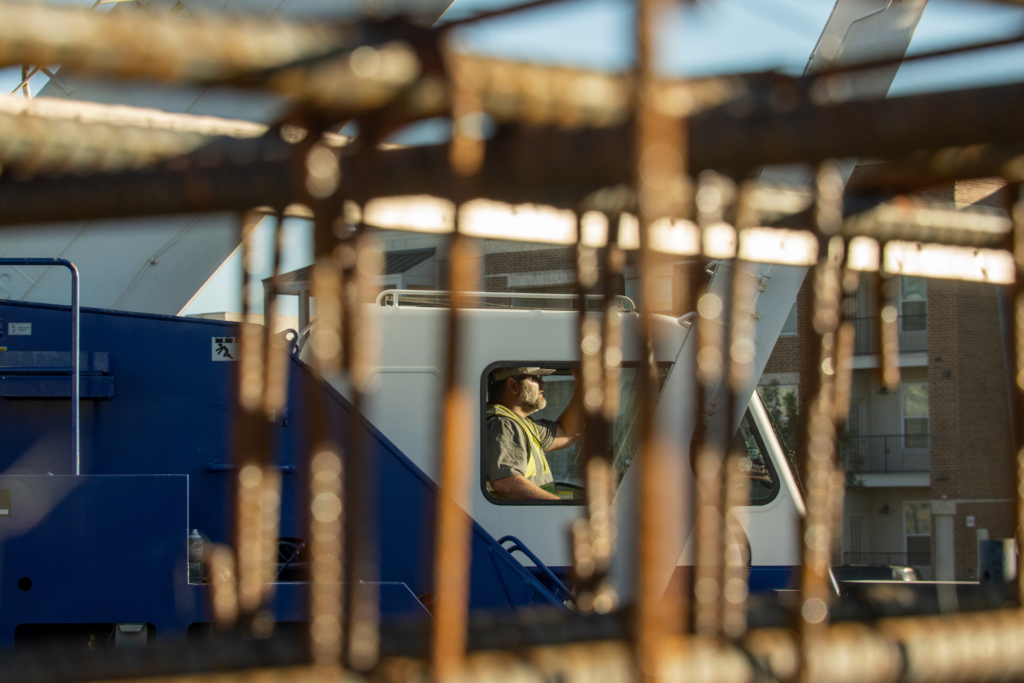In the world of construction and heavy lifting, efficiency and safety of operations depend highly on equipment reliability. Among the machines on a job site, cranes stand out due to their role in moving and installing heavy items. So prioritizing regular crane maintenance helps keep projects running smoothly. This comprehensive guide dives into the importance, strategies, and benefits of regular crane maintenance.
The Importance of Crane Maintenance
Crane maintenance is not merely a recommendation; it is a necessity. The rigorous demands placed on cranes during projects can lead to wear and tear, affecting performance and safety. Regular maintenance ensures that every crane component operates as intended, minimizing the risk of malfunctions that could lead to project delays, financial losses, or worse — accidents on the job site.
Key Components of Crane Maintenance
Each aspect of maintaining a crane is equally important, from regular check-ups to keeping track of any repairs.
Establishing a Crane Maintenance Program
If you don’t have one already, it’s a good idea to establish a crane maintenance program in your organization. Several best practices can be implemented to ensure maintenance remains up-to-date. Let’s go over a few.
Routine Inspections
The cornerstone of effective crane maintenance. They’re the first line of defense in identifying potential issues before they become significant problems. Plus, they keep machines functioning in compliance with regulatory standards — such as OSHA guidelines. These inspections involve reviewing both physical and operational crane aspects.
Preventive Maintenance
This type of maintenance goes hand in hand with routine inspections. It’s a proactive approach to keep cranes in tip-top condition. This can be achieved through the completion of a few different tasks such as cleaning, lubrication, adjustments, and part replacement. These practices not only extend a crane’s life but also ensure it operates reliably, reducing the likelihood of unexpected breakdowns
Repairs
Despite rigorous inspection and maintenance routines, repairs can become necessary when parts fail or unforeseen issues arise. Addressing repairs promptly is crucial to minimizing downtime and preventing minor issues from escalating. This involves an accurate problem diagnosis, sourcing quality replacement parts, and skillful repairs.
Record Keeping
While performing maintenance is essential, keeping track of it is just as important. Detailed records provide useful historical data on the crane’s condition. This information is critical for planning future maintenance, identifying recurring issues, and ensuring compliance. Plus, well-maintained records can significantly enhance the resale value of the crane.
Common Challenges and Solutions
Let’s take a look at some common maintenance challenges and solutions for them.
Wire Rope Damage
This is one of the most frequent issues with cranes and can come just from extended use over time. During regular inspections, it is important to look out for corrosion, fraying, or other types of wear. These could be signs of a need for replacement.
Crane Overloading
Structural and mechanical damage can arise if cranes are loaded beyond capacity. To avoid potential accidents or failures, operators should be well-versed in a crane’s load chart and limitations.
Electrical Problems
Electrical issues can range from simple control malfunctions to major system failures. By keeping things in check with a qualified electrician, major breakdowns can be avoided.

Keeping systems in check can prevent potential breakdowns.
Inadequate Lubrication
Moving parts, like bearings and gears, require lubrication to work properly. Failure to lubricate these parts might lead to increased friction, and eventually premature wear. Maintain a lubrication schedule to ensure operations run smoothly.
Maintaining Older Cranes
Veteran cranes in the fleet are great to have around but could pose more of a challenge to repair. On top of frequent maintenance needs, their parts can be harder to find. We recommend keeping a few critical spares on hand just in case.
Weather Conditions
Operating cranes in poor conditions, like rain or snow, can result in extra wear. While sometimes necessary, try to limit operations in poor weather. Doing so can extend the life of your fleet. Another option is to implement weatherproofing to crucial crane parts. A waterproofing membrane is one example. These are layers of water-tight material that can be applied over surfaces, preventing water from seeping through.
Benefits of Regular Crane Maintenance
Investing in regular crane maintenance is crucial for both the immediate success of projects and long-term equipment reliability.
Enhanced Safety
The primary benefit of crane maintenance is enhanced safety. A well-maintained crane is less likely to experience problems that could put the safety of crane operators or construction workers at risk. Not to mention this assurance will leave your operators feeling safer and more confident on the job.

Crane maintenance leads to more confident operators.
Improved Efficiency
Regular maintenance also leads to improved efficiency. Cranes that are well-maintained operate smoother and have even been known to perform better. This ensures that projects proceed according to schedule, without delays that could impact project timelines or profitability.
Cost Savings
Investing in regular maintenance can lead to significant cost savings over a crane’s life. Additionally, keeping a crane in optimal condition extends its working life, delaying the need for costly replacements. Routine inspections can identify issues early, providing peace of mind and financial benefits by avoiding more significant expenses later on.
Compliance
Adherence to a strict maintenance schedule ensures compliance with industry standards and guidelines. Organizations, such as OSHA, often have strict requirements when it comes to the operation and maintenance of cranes. This helps avoid fines and penalties. Plus, compliance with these regulations reinforces a company’s commitment to safety and reliability, enhancing its reputation in the industry.
A Commitment to Crane Maintenance
Here at NexGen Crane & Rigging, crane maintenance is not just a necessity — it’s a commitment to excellence and safety. Our certified operators are not only equipped to handle the demands of any job, but they also understand the importance of maintaining our fleet to the highest standards. Our approach to crane maintenance is meticulous, combining routine inspections, preventive care, and swift repairs to ensure our equipment is ready to rise to the challenge of your project.

